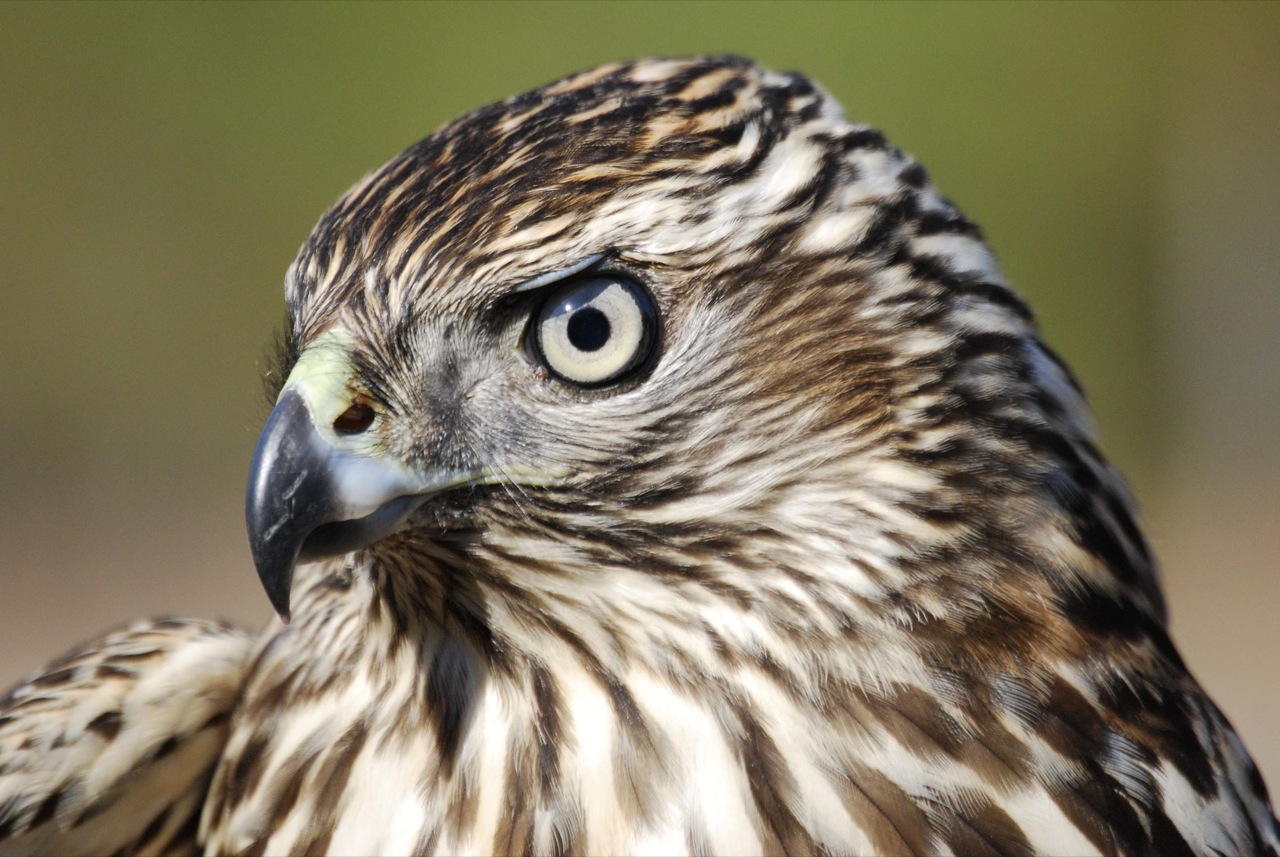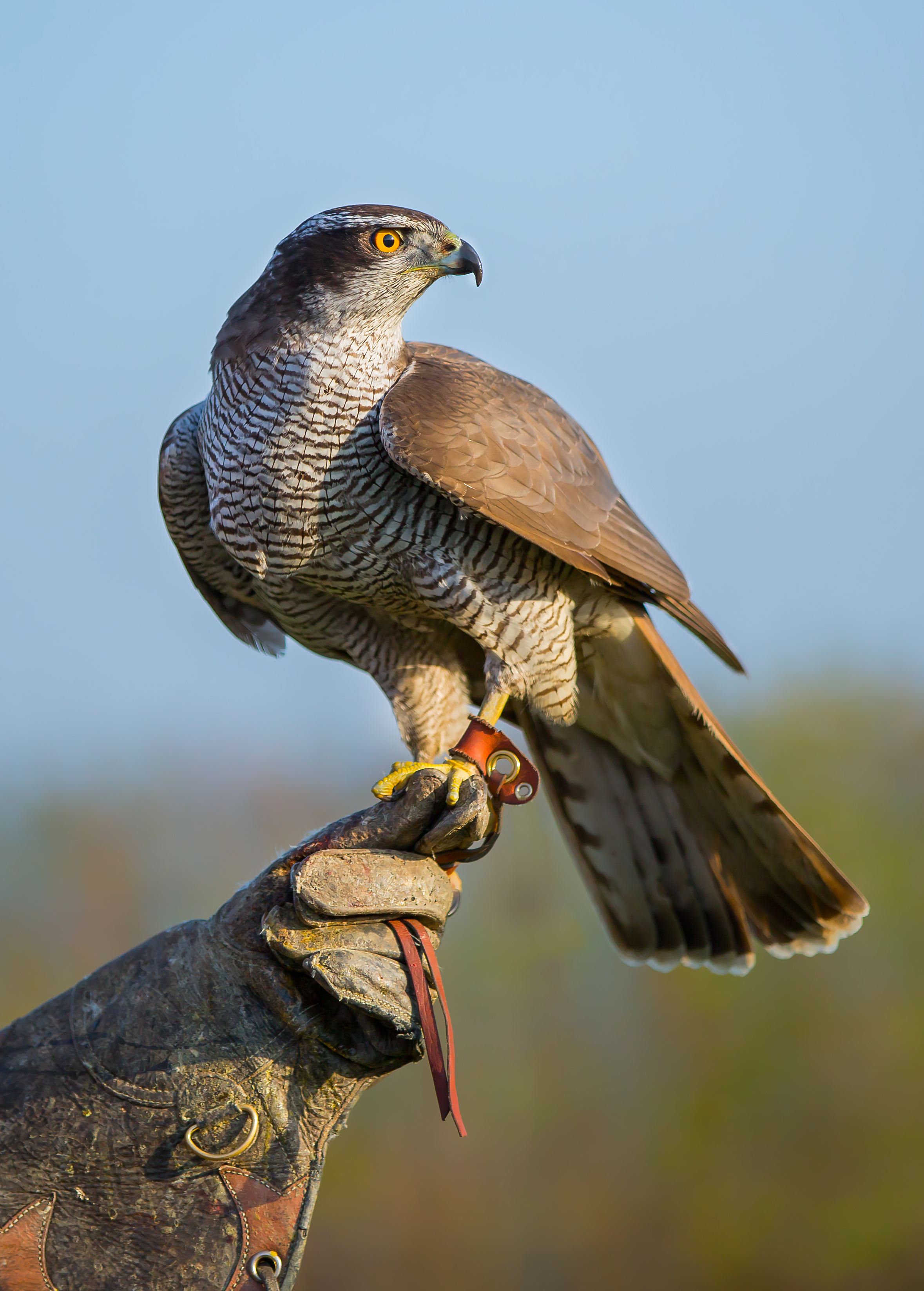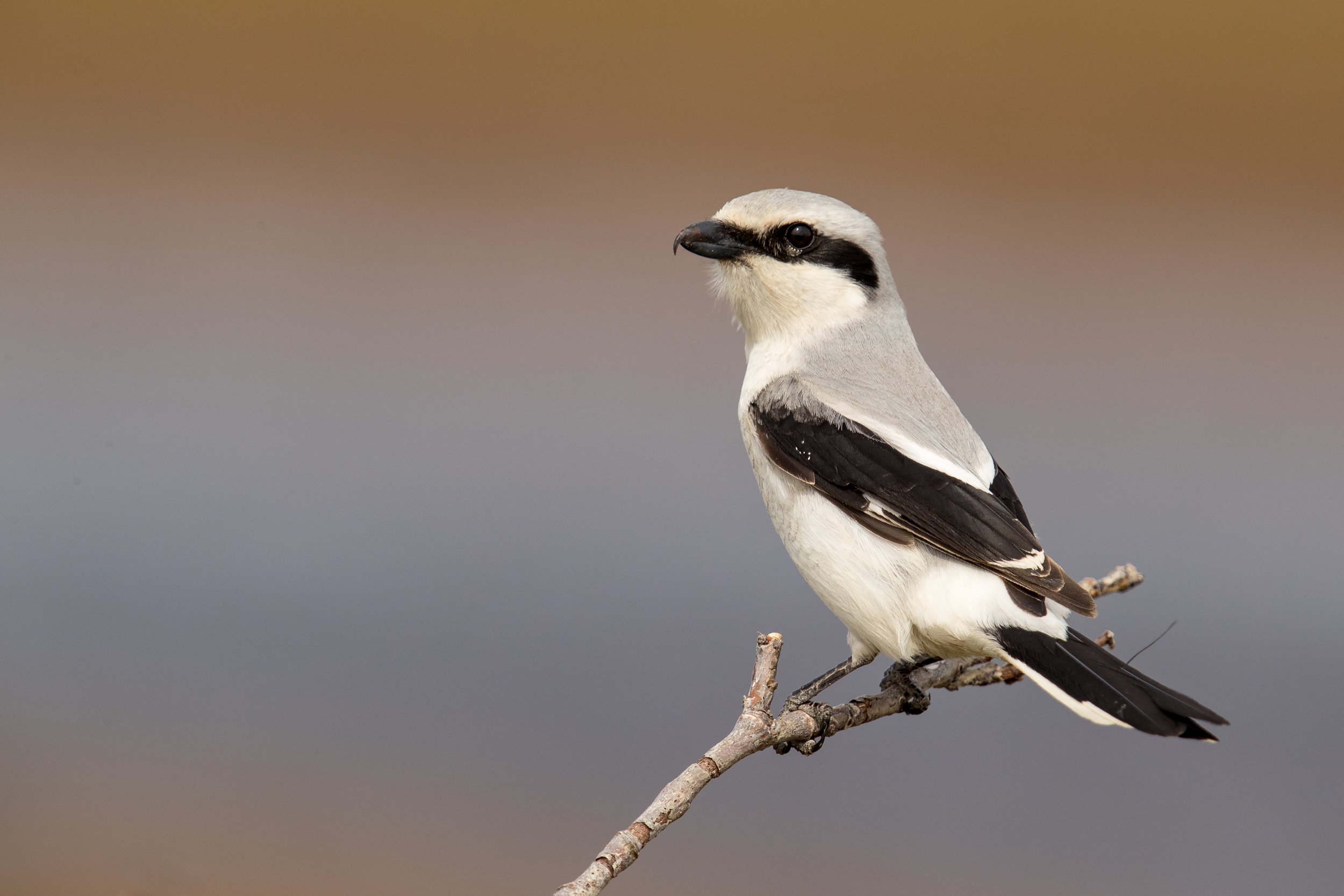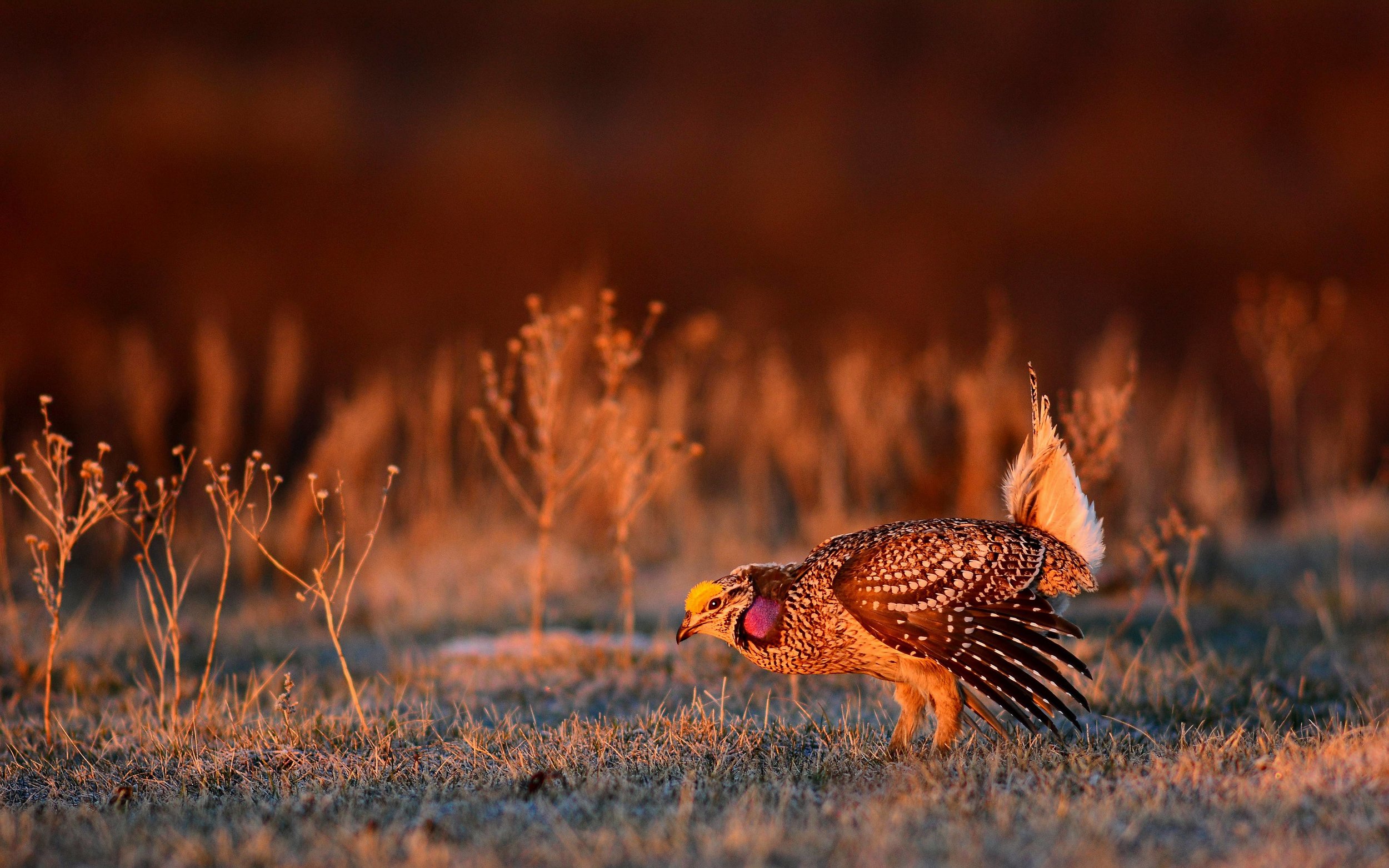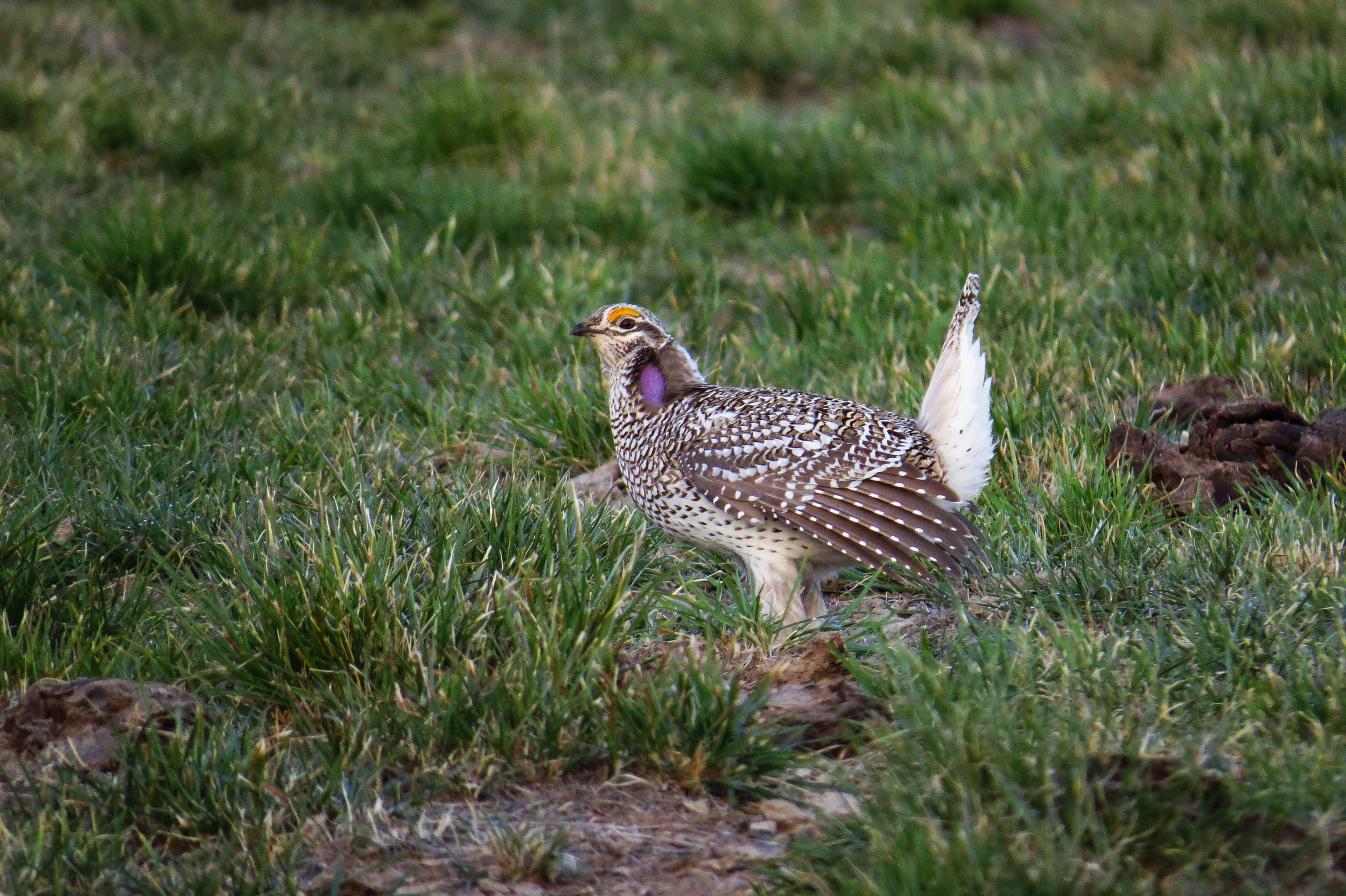Photo by Mick Thompson
The rough-legged hawk spends the summer encamped on the high arctic, where ample prey and rodent populations feed its young. Of the genus Buteo, these birds are characterized by long, broad wings, short to medium tails and an easy-going attitude that frequently finds them riding thermals with wings fixed, soaring above the fray. While Buteos are known for their group migrations, like that of the broad-winged hawk, the rough-legged hawk is often seen alone or in small groups. Also, unlike other Buteos, the bird relies often on its strong flight—steady and methodical at a sharp dihedral—which carries the bird confidently over bodies of water and approaching fronts.
Photo by Michael Janke
This is the only Buteo to breed in the far north, and its covered tarsi, small bill, and small feet are all adaptations to the arctic, where the bird preys upon lemmings and shrews and voles. On their arctic breeding grounds, the birds nest on cliffs and escarpments like on the Colville River in Alaska. Some research suggests that these nesting grounds might be sensitive to a disrupted climate. High precipitation events and warm weather can erode the cliffs and cause nest failure. The microclimate where nests were most successful was a small portion of available habitat, as spots with sheer cliffs inaccessible to foxes and not facing north are a small subset of available nests. Of nests studied, over one half were at moderate to high risk of disappearing due to cliff erosion.
Like many birds of prey, the reproductive success of rough-legged hawks is related to the density and availability of prey. Nests close to lemming grounds saw higher success rates than those without. In good years, high success across the range can push wintering birds throughout the sun belt in the southern US, though they are very rarely found in the deep south.
Photo by Phil Brown
On wintering grounds, the birds consume shrews and voles in open grassland or farmland habitat. Perched from a high vantage point, the rough-legged hawk may soar in place for a minute, flapping its wings to stay afloat as it scans side-to-side. From its 50-100 foot panorama, the bird will drop, talons extended, hopefully grabbing its prey. Breeding ground diets were composed of 62% Microtine rodents, 30% birds, and 7% arctic ground squirrels. These birds have few predators as adults, but arctic foxes will readily steal from the nest. Other predators include wolverines, bears, humans, and great-horned owls.
You should be able to find a rough-legged hawk around Faville Grove. There has been one individual spotted north of the sanctuary on Highway G, seen frequently posted on the electrical poles. The sanctuary area provides an excellent matrix of open grassland and agricultural lands for a rough-legged hawk.
Written by Drew Harry, Faville Grove Sanctuary land steward






